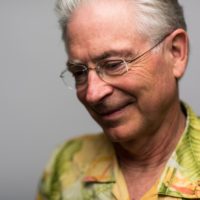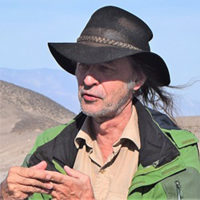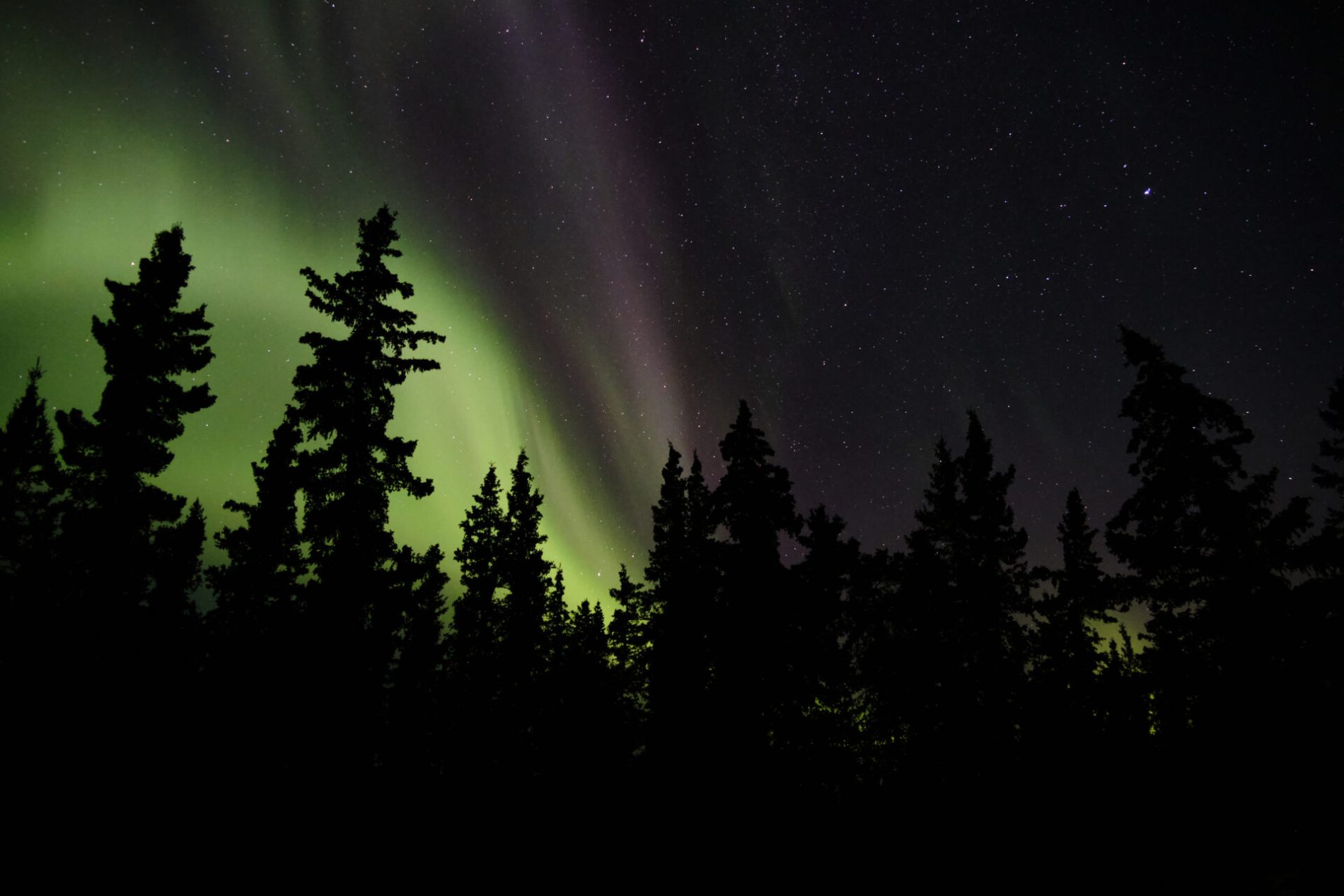
The UW Astrobiology (UWAB) Program is composed of an interdisciplinary community of around 50 graduate students, faculty members, postdocs and research scientists, across eight astrobiology-affiliated departments in four different colleges.
Although many universities offer undergraduate astrobiology courses, UWAB is one of few to offer structured, interdisciplinary training at the graduate level, and with over 20 credits of required coursework, is arguably the most rigorous. UWAB students are highly competitive upon graduating, with many receiving competitive fellowships (NESSF, NSF-GRFP), and winning prizes for their research at conferences nationwide (AbSciCon, ISME, LPSC).
Research in UWAB
Faculty, students, and researchers across scientific fields and UW departments collaborate to explore key research areas in the interdisciplinary field of astrobiology. These broad research themes include understanding Earth’s past environments and life, exploring life in extreme environments today, and studying the possibilities for life on within our Solar System and on extra-solar planets.
UWAB Graduate Program
“From the UWAB curriculum, students gain a broad overview of the field of astrobiology, a functional familiarity with methods and concepts from a number of different fields, and the ability to communicate effectively across disciplines. Expanding beyond traditional classroom-based coursework, our students’ research often takes them to exciting locales—analog environments, observatories, research vessels, and other field sites stretching from the equator to the poles. Students also participate in annual workshops, which are typically multi-day field trips involving hands-on research experience, as well as technical lectures from experts in the field. In addition to research training, UWAB students are also coached in professional development, preparing them for success and leadership in the scientific community.” [UWAB]
For the Dual-Title PhD in Astrobiology, the research of the student’s dissertation is required to be of overall astrobiology relevance.
Participating ESS Faculty in UWAB
J. Michael Brown, Professor Emeritus
In our High-Pressure Mineral Physics Laboratory, we have an interdisciplinary program involving a variety of experimental and theoretical approaches. We seek an understanding of Earth based on an atomic-level understanding of constituent minerals.
Roger Buick, Professor
I am interested in the origin and earliest evolution of life on Earth and how that can be used as an analogue for life elsewhere in the Universe. My research techniques lie at the intersection of geology, biology and chemistry, examining the oldest and best-preserved rocks available. This involves fieldwork in the Australian outback, on the Greenland ice-cap and in the Canadian woods, amongst other places.
Marjorie Cantine, Assistant Professor
My research focuses on geochemical and physical records of time and environment preserved in sedimentary rocks. I want to understand how the Earth and life have changed through time, how that history is preserved in rocks, and how post-depositional processes complicate that record.
 David Catling, Professor
David Catling, Professor
My research interests revolve around understanding the co-evolution of planetary atmospheres, planetary surfaces, and life. This includes collecting and interpreting data from other planets and the Earth.
 Drew Gorman-Lewis, Associate Professor
Drew Gorman-Lewis, Associate Professor
My research interests focus on understanding the chemistry of water-rock-microbe interactions. Understanding water-rock-microbe interactions on Earth will inform our search for life on other planets. I combine interdisciplinary techniques from microbiology, low temperature aqueous geochemistry, physical chemistry, and thermodynamic modeling to develop a quantitative understanding of the chemistry occurring at the hydrated interface of life and rocks.
Baptiste Journaux, Assistant Research Professor
I am a Mineral physicist/Planetary Scientist/Glaciologist with a background in Planetary Sciences/Geology, experimental mineral physics and Geophysics. I am working on high pressure ice polymorphs, salts-organics-water crystalline solids and aqueous solution thermodynamical properties at conditions relevant for deep planetary oceans.
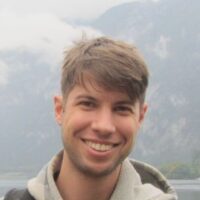 Josh Krissansen-Totton, Assistant Professor
Josh Krissansen-Totton, Assistant Professor
The fundamental question driving my research is whether life exists elsewhere in the universe. I specialize in modeling the biogeochemical evolution of terrestrial planets, including interactions between atmospheres, surfaces, and interiors. My current research combines Earth system science, namely models of carbon and oxygen cycling in deep time, with an awareness of astronomical observations to formulate testable hypotheses about terrestrial planet atmospheres and biosignatures.
 Michelle Koutnik, Associate Research Professor
Michelle Koutnik, Associate Research Professor
I am interested in the dynamics and histories of glaciers and ice sheets over time. This requires understanding the controls on ice flow, including climate changes. I work with data from Greenland and Antarctica, and apply ice-flow models and geophysical inverse methods to address process-based questions at these sites. I am also interested in the history of ice on Mars, in particular the large ice masses at the Martian poles.
 Bruce Nelson, Professor Emeritus
Bruce Nelson, Professor Emeritus
Adjunct Professor, School of Oceanography
Bruce’s research interests include origin and evolution of continental crust, seafloor hydrothermal processes, and geochemical evolution of the earth’s mantle.
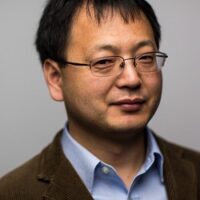 Fang-Zhen Teng, Professor
Fang-Zhen Teng, Professor
I study the composition and evolution of the Earth and early solar system by using stable isotope systematics measured by multi-collector inductively coupled plasma mass spectrometry (MC-ICPMS).
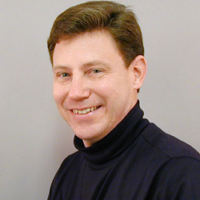 Dale Winebrenner, Research Professor
Dale Winebrenner, Research Professor
Dr. Winebrenner’s interests are in the physics of light and radio waves, and in the exploration of icy environments on Earth and elsewhere based on that physics.
